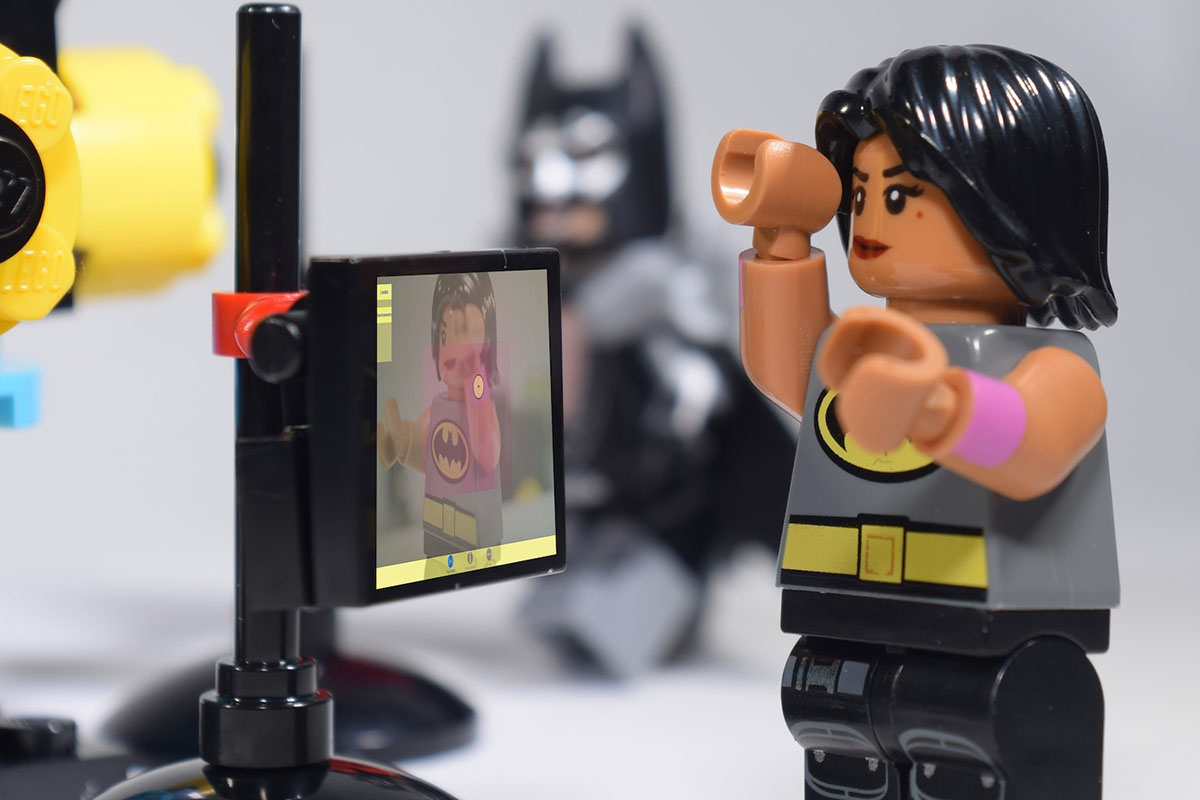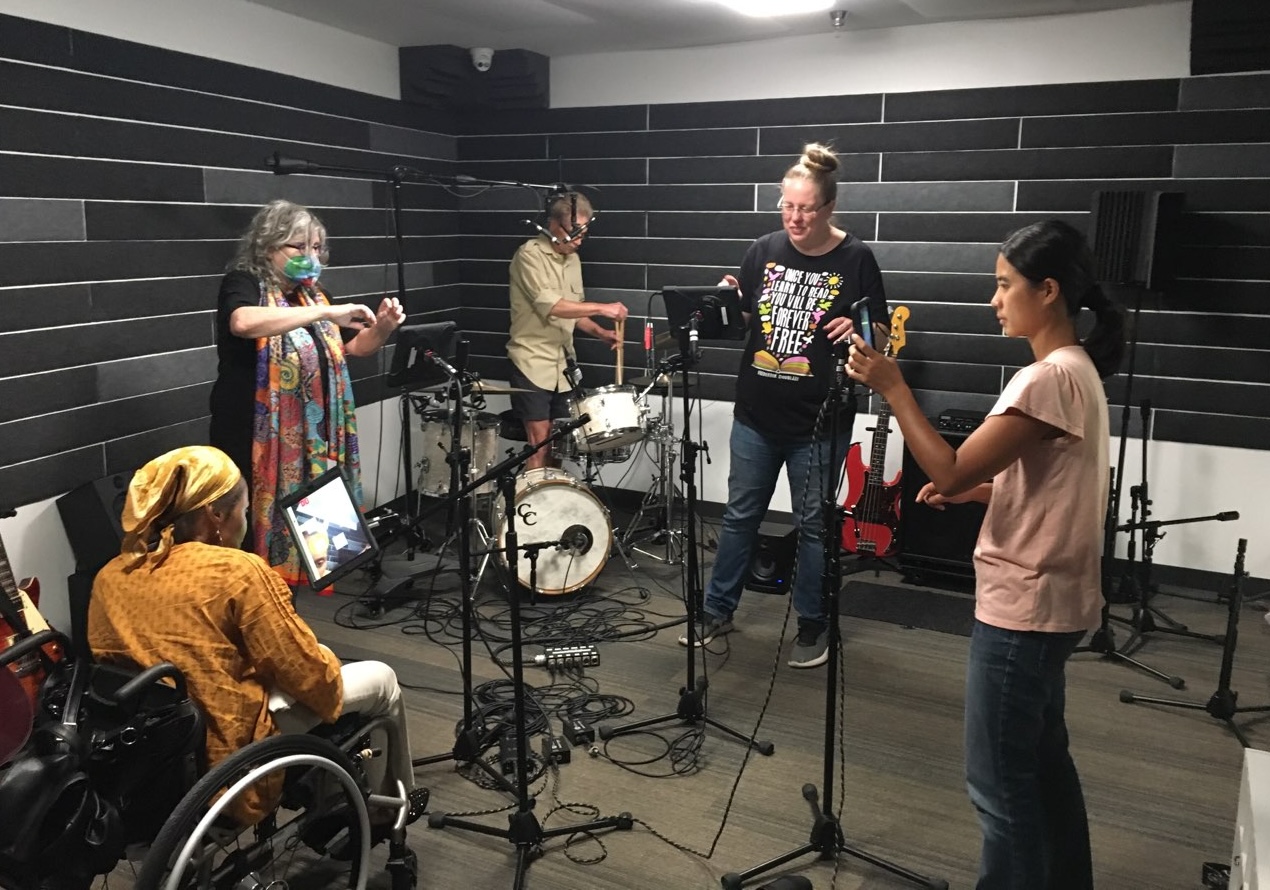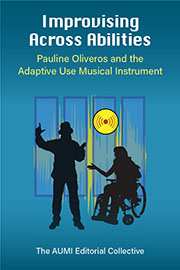Groundbreaking history of Adaptive Use Musical Instrument chronicled in new book

LAWRENCE — How can you write a book about an app?
That was the question faced by Sherrie Tucker and her colleagues.
“But our project leader, composer Pauline Oliveros, always said that what was important about AUMI is not the app but how people use it,” said Tucker, professor of American studies at the University of Kansas.

The AUMI (Adaptive Use Musical Instrument) software allows individuals with limited mobility to play music. The free program is installed on any computer, tablet or smartphone that has a camera. Movement with whichever part of the body is selected (finger, nose, chest) triggers an array of sounds, from the melodious to the idiosyncratic.
Tucker is one of the editors and contributors to a book titled “Improvising Across Abilities: Pauline Oliveros and the Adaptive Use Musical Instrument.” It details the origins of the AUMI and spotlights its creator, Oliveros (1932-2016), an American composer considered a pioneer in the development of experimental and electronic music. The book was published by University of Michigan Press.

“We did an open call for chapters of all shapes and sizes by sending it out to everyone who had downloaded the instrument. So we have poems. We have videos of people dancing with it. There’s a whole section on music therapists, and even they all use it differently,” she said.
Other KU contributors to the 390-page project include KU faculty members Michelle Heffner Hayes, Ray Mizumura-Pence and Nicole Hodges Persley; graduate student Caleb Lázaro Moreno and student Kendall Conway.
Tucker helped found the AUMI-KU InterArts, an affiliate of the international research group dedicated to spreading usage of this instrument. (The KU branch focuses on “interdisciplinary arts and improvisation.”) She first met Oliveros in 2007 while working together on a grant project, right as the composer had started dabbling with the AUMI.
“Pauline thought that listening could heal the world. And she meant that really broadly. She wasn’t using a hearing definition of listening – she was also interested in compositions for deaf audiences," Tucker said. "She felt improvisation was a way not only for people to listen to themselves but to learn how to listen to everyone and to the environment.”
As described in the book, the AUMI (pronounced like “cow-me”) was designed as a “liberating and affordable alternative to the constraints of instruments created only for normative bodies, thus opening a doorway for people of all ages, genders, abilities, races and socioeconomic backgrounds to access artistic practice with others.”
“It’s a way to create something together, and the goal is to have everybody affected,” Tucker said. “It’s everybody’s creation. The instrument is so flexible. I’ve played it in so many different settings, different aesthetics, different musical backgrounds and interests.”
She recalled performing a composition by recording all the distinctive sounds her car makes.
“One of our regular improvisers here in Lawrence is a serious bowler. So we’ve made sound-collecting trips to the bowling alley and uploaded those to create instruments,” she said. “You know what’s the coolest sound in the bowling alley? The ball return. You put a microphone inside that, and you can hear this sonic echo chamber.”
Ultimately, Tucker hopes readers not only embrace the societal and community benefits that the AUMI elicits but also learn of Oliveros’ influence on so many people.
“Pauline was very inclusive,” Tucker said.
“So she had a lifetime career of creating pieces and instruments for musicians and non-musicians to play together. She didn’t like passive relationships with music. Sure, she’s a pioneer of music technology. But she was never interested in making it more and more precise. She liked technology that made a difference in everyone’s ‘experience’ of music.”